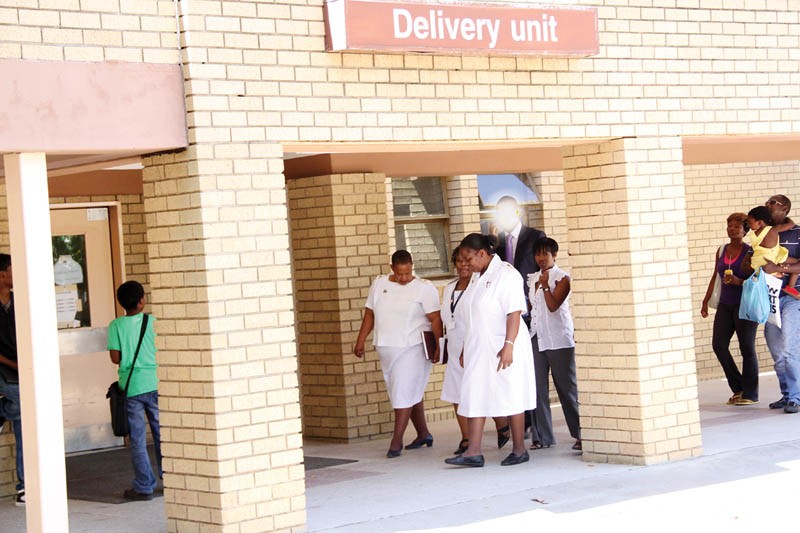Survey notes more births in institutions
Baboki Kayawe | Thursday March 2, 2017 17:34


According to the study, 190 non-institutional births were recorded countrywide in 2015, or 0.3% of the total 57,480 live births, compared to 205 non-institutional births in 2014 or 0.4 % of the total 47,478 live births.
Prior to the jump in 2014, non-institutional births had been trending downwards, measured at 0.23% of all births in 2011, dropping to 0.18 % in 2012 and 0.14% in 2013.
In absolute figures, non-institutional live births were pegged at 104 in 2011, 91 in 2012, 68 in 2013 and 205 in 2014.
“It has been realised that non-institutional births reported by health facilities to the Ministry of Health (and Wellness) were insignificant ever since the Ministry of Labour and Home affairs inaugurated the collection of births and deaths certificates,” the report says.
According to the latest data, Francistown and Selebi-Phikwe districts reported the highest number of non-institutional live births at 31 each, accounting for 16.3% of the total, followed by Greater Gaborone with 28 births, Kweneng East with 20, Kgatleng with 12 births and South East with 11 births.
On the other hand 57, 290 institutional births were registered in 2015, 63.5% of which occurred in general hospitals followed by primary hospitals with 22% and clinics with 14.2%, further states the study.
Maternity Mortality Ratio (MMR) or the number of maternal deaths per 100,000 live births, dropped from 151.6 to 127 between 2014 and 2015, despite the statistics fluctuating over the years. MMR estimates the proportion of pregnant women or mothers who die from causes related to or aggravated by pregnancy or its management, explains the report.
The highest number of maternal deaths were registered in 2013 with 91 women dead compared to 73 in 2015.
According to the latest report, the leading direct causes of maternal mortality include abortion-related incidents of genital tract and pelvic infection following abortion as well as ectopic pregnancy, which are complications of pregnancy in which the embryo attaches outside the uterus.
Other causes include severe eclampsia, a condition that causes seizures during pregnancy as well as third stage haemorrhage. On the other hand, tuberculosis complicating pregnancy and child puerperium (the period immediately after delivery) were the leading indirect causes of maternal mortality.
According to Botswana population projections, in 2015 the female population aged 10-49 was estimated at 715,547 against the estimated 57,480 live births.
